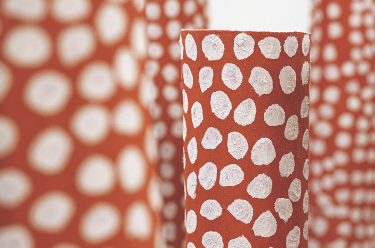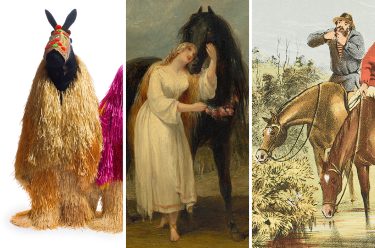As part of QAGOMA’s Digital Transformation Initiative (DTI), the Gallery’s photography team collaborates with conservators, coders and designers in its quest to make the Collection available to everyone.
One way the DTI team improves how we understand, care for and represent artworks is through 3D digital capture. Made possible at QAGOMA through the support of donors to the Unlock the Collection campaign, 3D imaging’s impacts are wide-reaching, with benefits for conservators, academics and the public.
Recently, Nicholas Umek (Senior Photographer) and Thomas Renn (Motion Designer) used the process of photogrammetry to create a 3D model of celebrated Kabi Kabi man’s Fred Embrey’s Untitled ceremonial figure c.1930. Representing a Djan’djari spirit, the work is one of only three known works in its genre and was recently the subject of a major research project between QAGOMA and the University of Queensland, supported generously by the Mather Foundation.
Delve deeper: Learn about the QAGOMA team’s innovations and challenges in creating a 3D model of this work.
3D Experience: Fred Embrey’s ‘Untitled ceremonial figure’.
Read more: Visit Collection Online to learn how Nicholas, Thomas and team create a 3D model of an artwork.
On display: Visit ‘Voices of Our Elders: Aboriginal Story Tellers’, Anthropology Museum, The University of Queensland until November 2024.
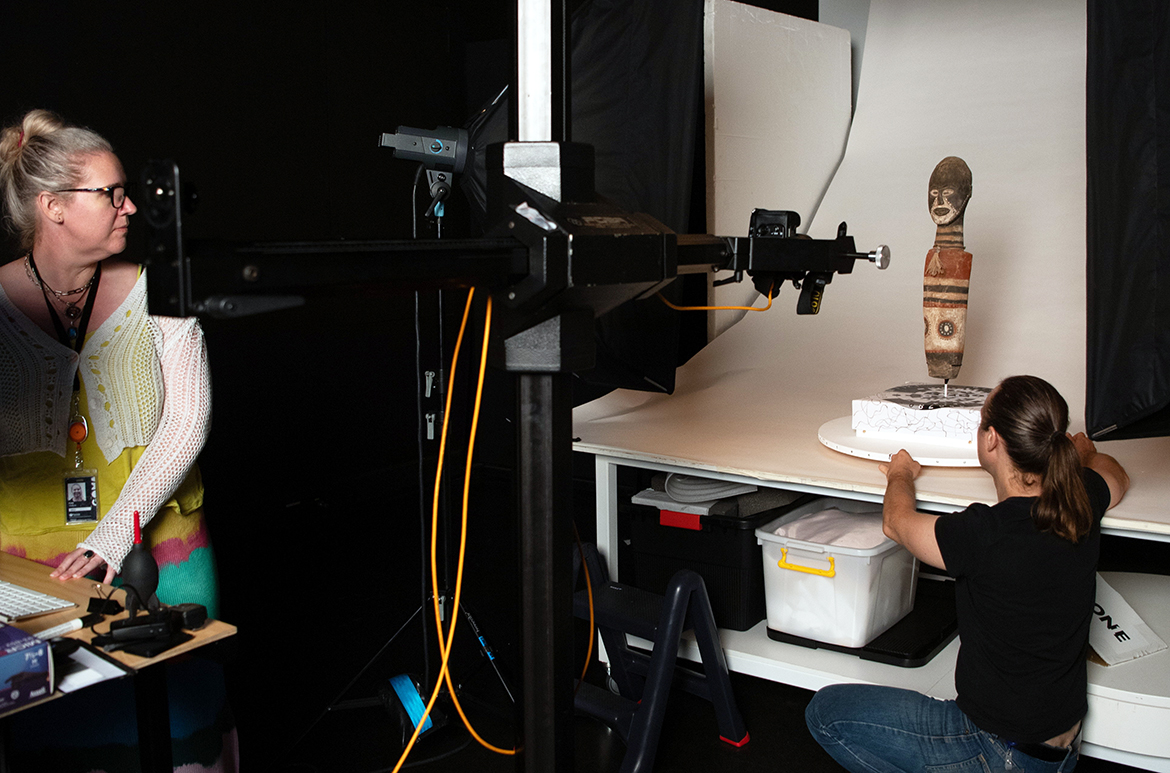

Where regular photography captures scenes in 2D, photogrammetry is a method of making a 3D model of an object in digital space. To do this, Nicholas and team take dozens — often hundreds — of photos at precise intervals in rings around an object, creating a ‘dataset’ of views from every possible angle.
Next, Thomas processes the dataset on a powerful computer he describes as ‘a small UFO’. He uses specialised software to cross-reference points of interest across the images, extrapolating the object’s shape, texture and position in space to create an accurate 3D model.
For Fred Embrey’s sculpture, nearly 600 total photos were used to create the final model — a process not unlike digital papier-mâché.
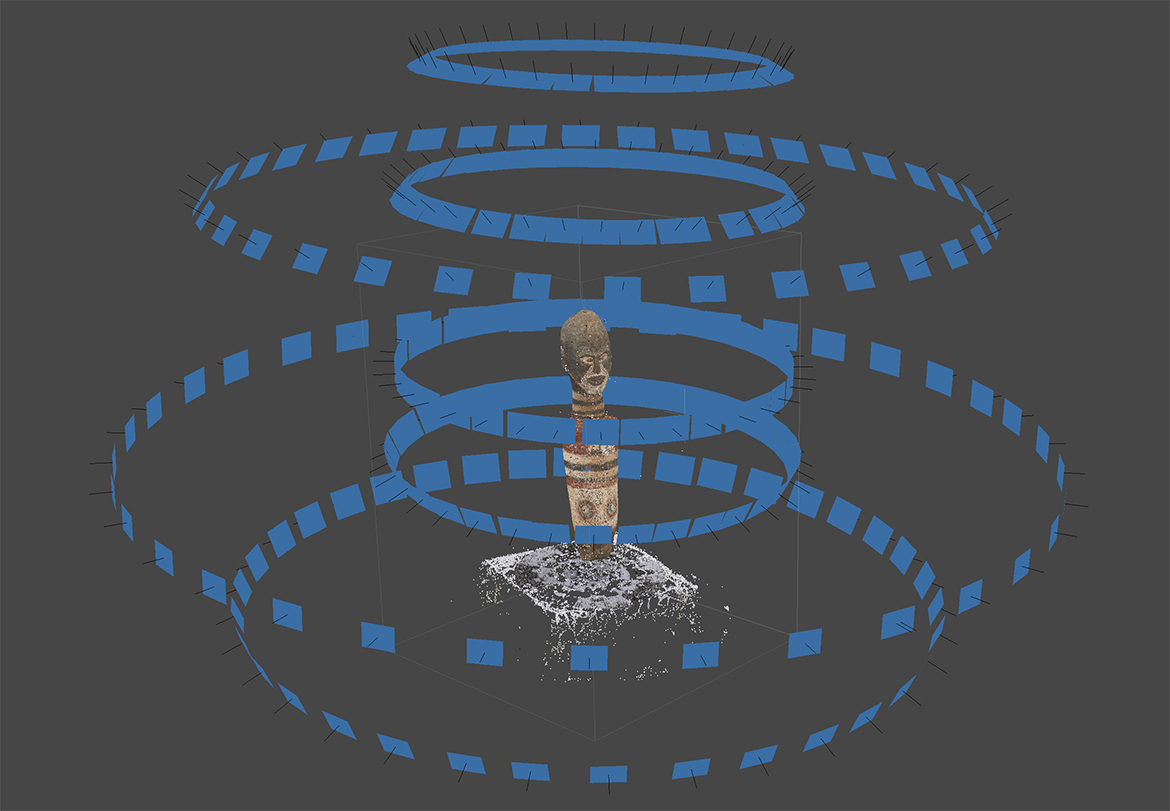
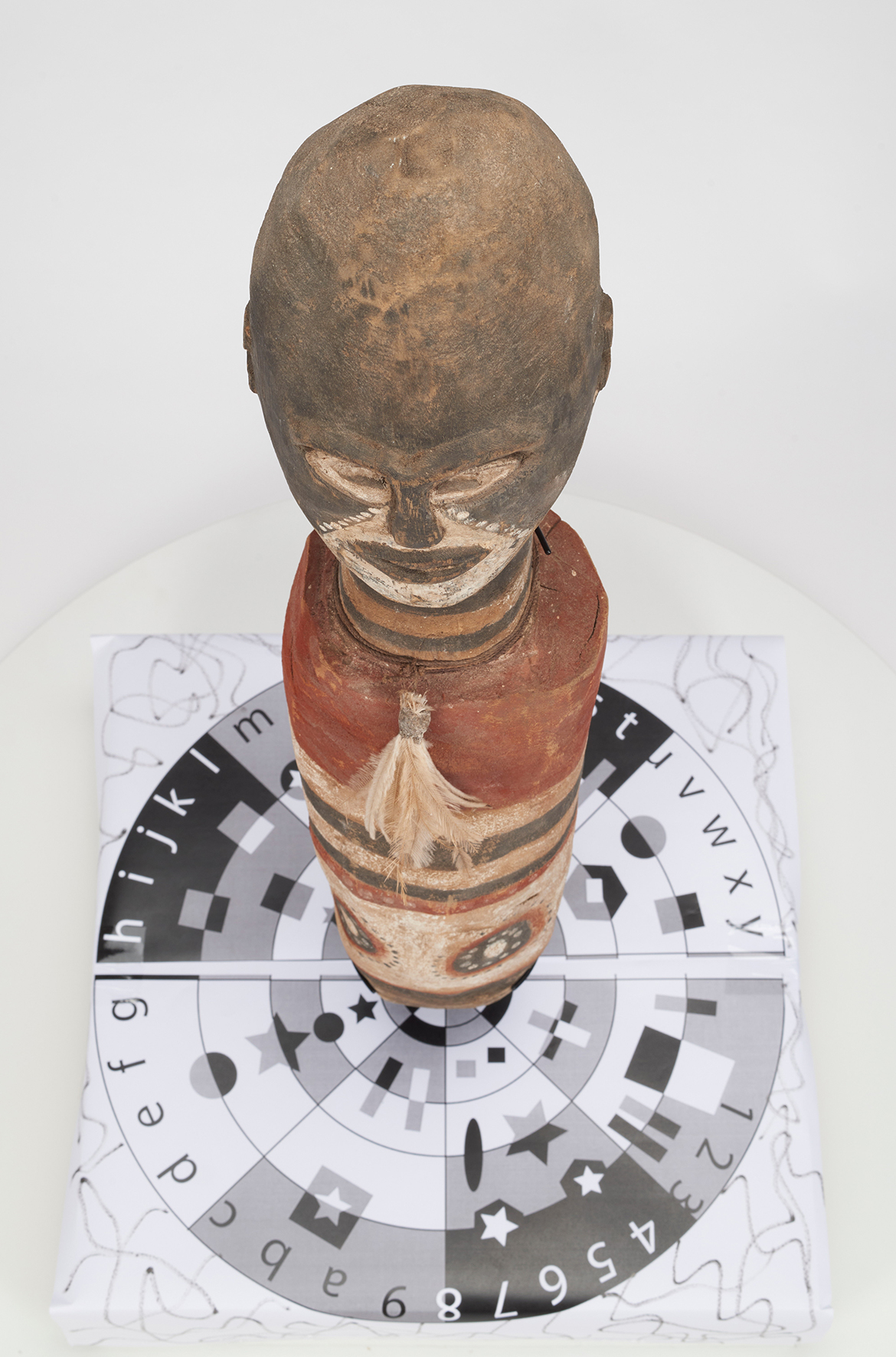
A model like this is not only of value to art conservators — who wish to monitor an artwork’s condition closely over time — but also offers new and rich ways of experiencing an artwork from anywhere in the world. Photogrammetry is also used at QAGOMA to create real-world tactile experiences, like touchable replicas of artworks.
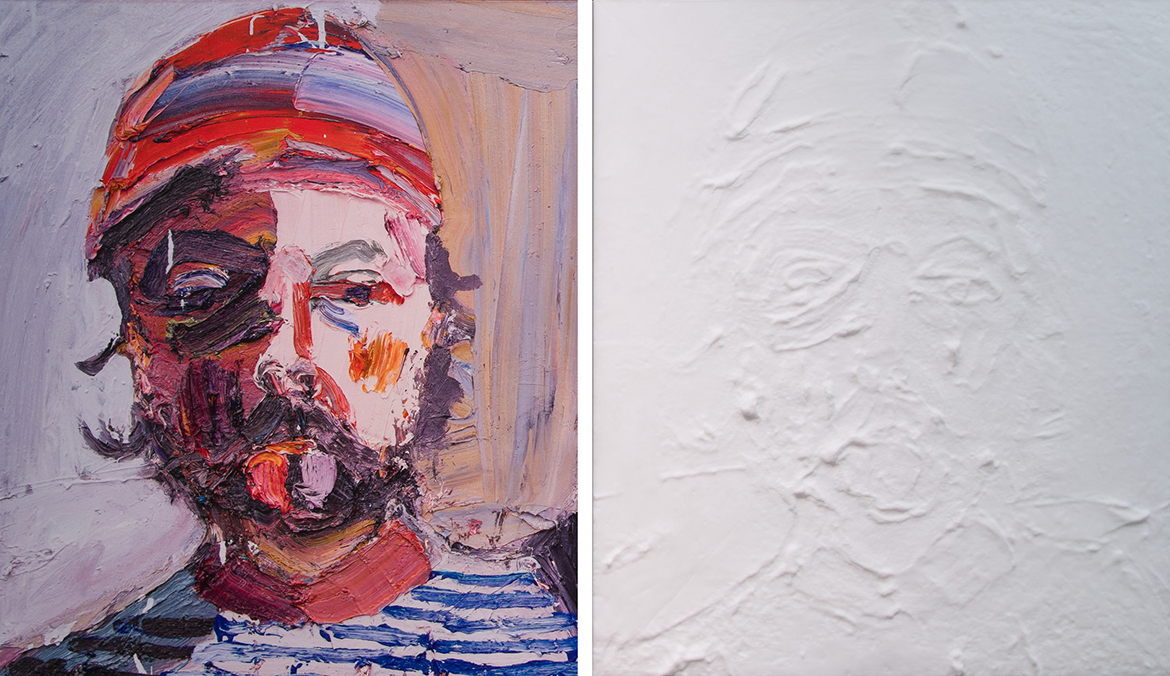
I’m of the belief that the collections of public institutions such as QAGOMA belong to the people; 3D imaging like this offers us new ways to democratise access to our Collection. Nicholas Umek, Senior Photographer, QAGOMA
This photogrammetry project, in particular, helps uphold an important Queensland artist’s legacy. With the support of the Mather Foundation, Fred Embrey’s family recently collaborated with QAGOMA to make a documentary on the contributions of this important Queensland artist, who lived at Cherbourg Aboriginal Settlement during the 1930s. The 3D model — which you can explore online — is another way to preserve and experience this rare work of national significance.
Acknowledgment of Country
The Queensland Art Gallery | Gallery of Modern Art (QAGOMA) acknowledge the Traditional Owners of the land on which the Gallery stands in Brisbane. We pay respect to Aboriginal peoples, Torres Strait Islander peoples, and Elders past and present. In the spirit of reconciliation, we acknowledge the immense creative contribution First Australians, as the first visual artists and storytellers, make to the art and culture of this country. It is customary in many Indigenous communities not to mention the name of the deceased. All such mentions and photographs are with permission, however, care and discretion should be exercised.
#QAGOMA

